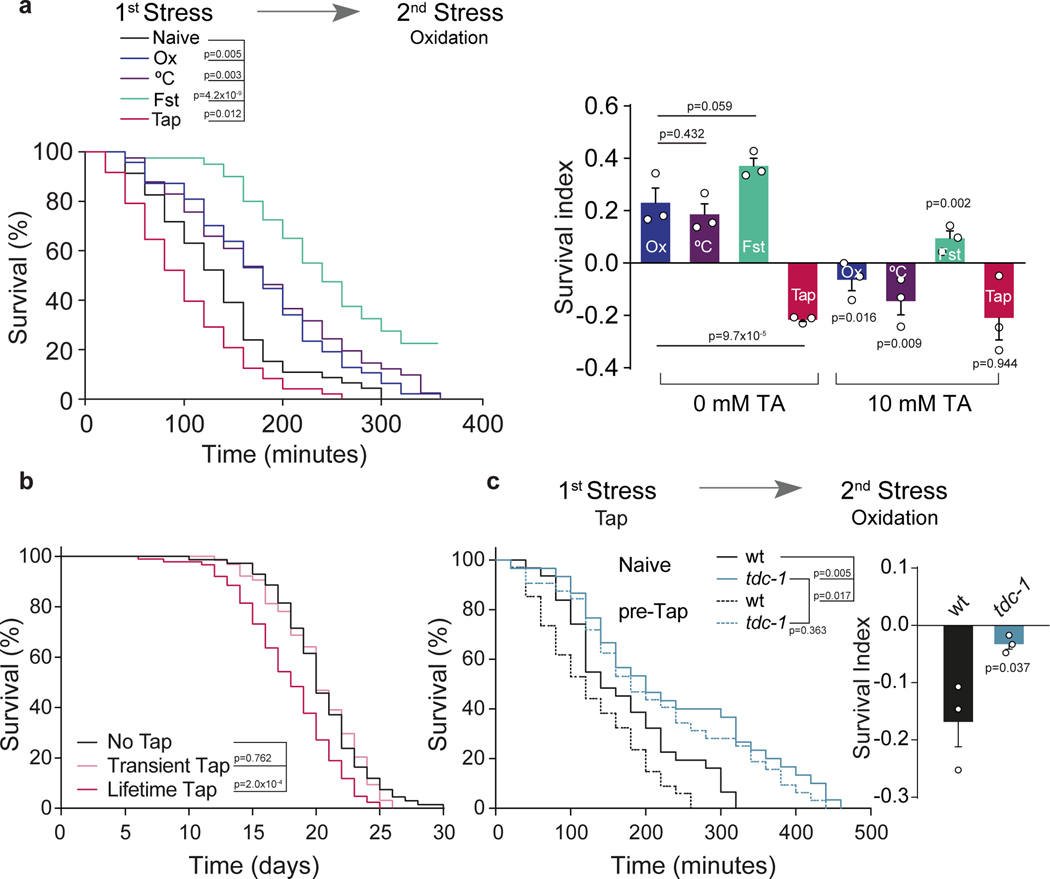Figure 1. The flight response and tyramine impair the resistance to subsequent stressors.
a, Representative survival curves of pre-stressed nematodes exposed to subsequent oxidation. Pre-stressors: Ox: Oxidation, °C: Heat, Fst: Fasting and Tap. Right, Survival Index (SI = fraction of surviving pre-treated animals minus fraction of surviving naïve animals) compare to naïve animals, in the absence or presence of tyramine (TA) during pre-treatment. Data represented as mean ± SEM. For 0 mM TA conditions, One-way ANOVA followed by Holm-Sidak’s test was used. For 10 mM TA conditions, a two-tailed t test (no TA vs TA) was used. b, Representative survival curves of animals subjected to activation of the flight response (every 5 min) for either 2.5 hours (Transient) or throughout life (Lifetime) (two-sided log-rank) c, Oxidation survival curves and SI (mean ± SEM, two-tailed t test, n=3) of tdc-1 mutants pre-exposed to mechanical stimulus (tap).
For survival curves (a-c), a two-sided log-rank test was used and the experiments were independently repeated three times (n=3) with similar results. 60–120 worms per condition per experiment were used.

